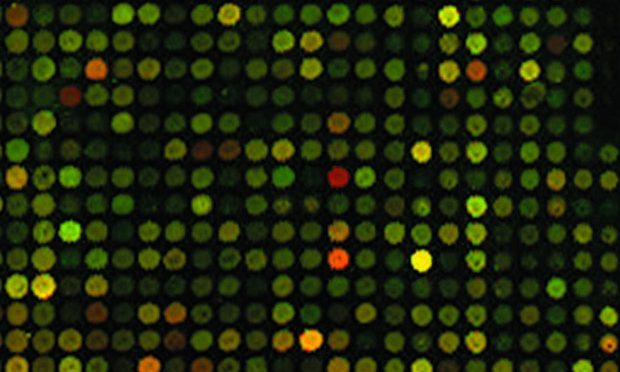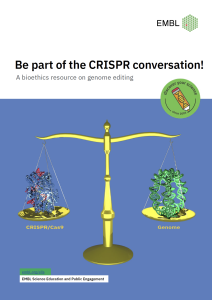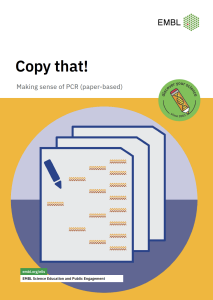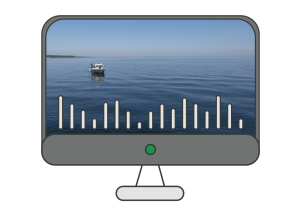
How do Microarrays work?
Introduction
The Virtual Microarray: Version 2.3
Scientists around the world are working on one of the most ambitious projects ever thought up by man: ‘The human genome project’. Now that the genome has been sequenced, the new challenge is to work out what the individual genes do, and to do so scientists are designing sophisticated tools. One such tool is the DNA microarray, or DNA chip, which promises to carry the science of understanding genomes to a whole new level. These highly sophisticated tools cannot be reproduced in the school lab, but their underlying concepts can be illustrated in the classroom using ‘The Virtual Microarray’.
The virtual microarray brings cutting-edge science into the classroom by simulating the different steps that researchers take in performing microarray experiments and in analyzing their results (Real and Virtual Microarrays: Step by Step).
Although we have tried our best to adjust the examples and illustrations in the ‘virtual microarray’ to correspond to the procedures in the ‘real microarray’, on occasions, which are implicitly mentioned, the procedures differ. We have also included a section that contains technical information and suggestions on how to perform the virtual microarray experiment in the classroom.
Finally, you will also find a Reading Club section, where we present and explain original research articles written by scientists who have used the microarray technique to answer important biological questions.
Activity booklet
Materials
- Introduction to DNA Microarrays
- DNA and the Cell
- Real and Virtual Microarrays: Step by Step
- In the Classroom
- Teacher’s Guide to Clustering Exercises
- Clustering Exercises for the Classroom
- Teacher’s Guide to Microarray Exercise
- Microarray Exercise for the Classroom
- Reading Club
- Etiquettes for Torches
Publication
Curriculum links
This activity can be used to review and reinforce the following concepts:
- The developing cell
- The developing individual
- Genetic disease

Topic area: Genome biology, Methods in molecular biology
Age group: 16-19
Author: A Koutsos, A Manaia and J Willingale-Theune
Share:
 Deutsch
Deutsch Italiano
Italiano


